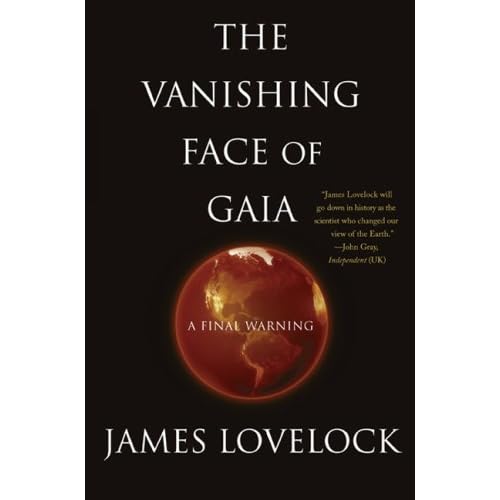 NYTimes | Secretary of State Hillary Rodham Clinton, continuing her show of solidarity with Mexicans in their struggle against drug trafficking, toured a high-tech police base in Mexico City on Thursday and greeted diplomats from the American Consulate in this northern city, which was sprayed with gunfire last fall by a suspected drug gang member.
NYTimes | Secretary of State Hillary Rodham Clinton, continuing her show of solidarity with Mexicans in their struggle against drug trafficking, toured a high-tech police base in Mexico City on Thursday and greeted diplomats from the American Consulate in this northern city, which was sprayed with gunfire last fall by a suspected drug gang member.But Mrs. Clinton was nearly upstaged by reports that the United States planned to nominate a Cuban-born American diplomat who has written extensively about “failed states” as the next ambassador to Mexico.
The State Department declined to comment on reports that the diplomat, Carlos Pascual, a former ambassador to Ukraine who is currently the director of foreign policy at the Brookings Institution, would be nominated.
But a person familiar with the administration’s deliberations said Mr. Pascual was President Obama’s choice for the post. Mr. Pascual did not respond to an e-mail message asking for comment.
The Mexican daily newspaper El Universal, citing unnamed sources, reported Thursday that the United States had submitted Mr. Pascual’s name to the Mexican government.
The paper noted that Mr. Pascual’s specialty was in dealing with conflict-ridden states. He served as the coordinator for reconstruction and stabilization in the State Department, a post that involved working with several agencies to develop strategies for broken countries like Afghanistan.
That could raise hackles among some Mexicans, who take umbrage at recent assertions by American analysts that drug-related violence has so destabilized Mexico that it is danger of becoming a failed state.































